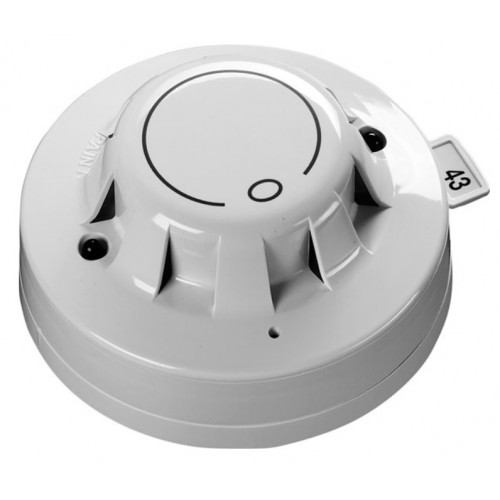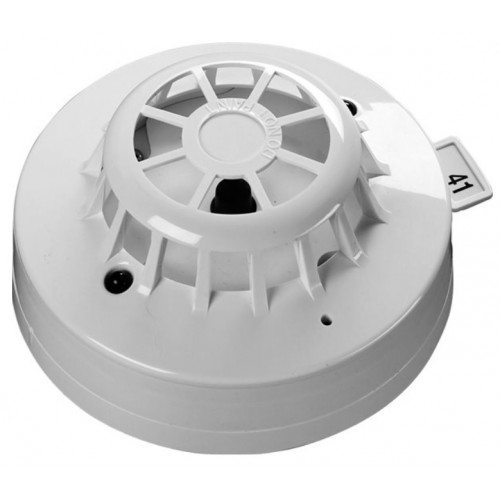Apollo 29600-799 Talentum Test Torch
Apollo 29600-799 Talentum Test TorchThe Talentum Test Torch recreates the characteristic spectrum of a flame using a combination of UV and IR bulbs. Once testing is complete the Test Torch can store your test results for download to a PC.The Talentum Test Torch is a test and calibration unit designed to work with the full range of Apollo flame detectors.Using the intuitive menu choose the type of flame detector to be tested squeeze the trigger and the unit will automatically perform a test from a distance of up to 6 metres which means that in many applications the flame detector can be tested from ground level.The unit recreates the characteristic spectrum of a flame using a combination of UV and IR bulbs. Once testing is complete the Test Torch can store your test results for download to a PC. The Test Torches integral battery is recharged via USB from either a PC or an off the shelf USB charger.Key Features1m to 6m testing rangeAccurately simulates a pan fireOperating temperature -10C to 55C





